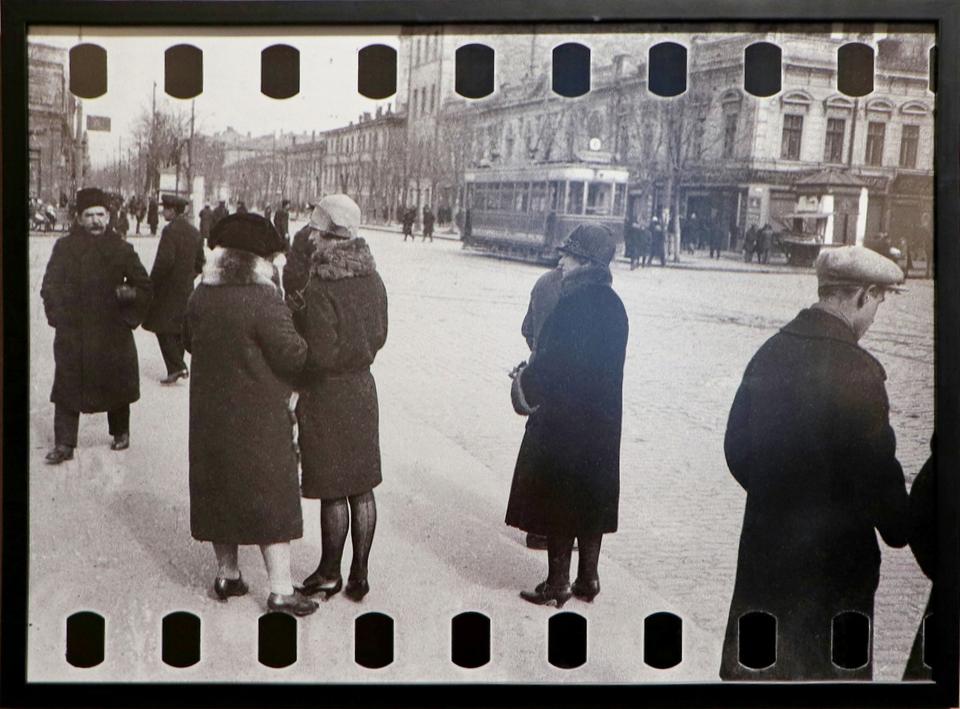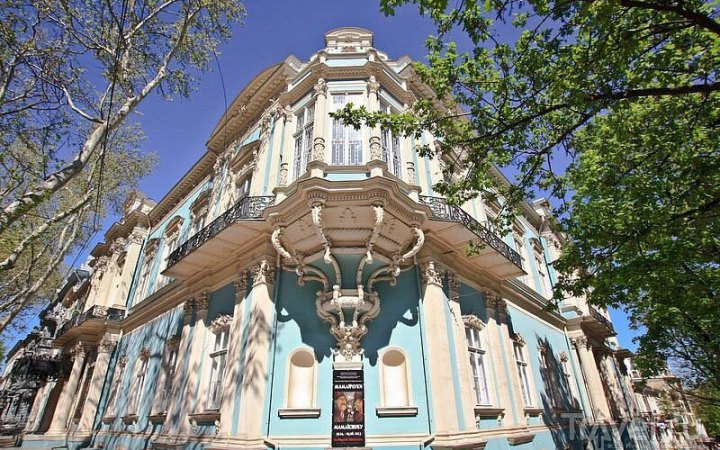An exhibition of photographs by Vikenty Kugel has opened at the Museum of Western and Eastern Art. The 72 best shots were published for the first time and they show the life of Odessa from 1913 to 1953.
Kugel shot from 1913 to 1953 and never exhibited his photos anywhere. He meticulously filmed Odessa for tens of years and put the pictures in the archive. 70 years after his death, the archive was found and contained more than 2,000 previously unpublished photographs.
Vikentiy Kugel is a professional in photography, a native of the Baltic provinces of the Russian Empire, he moved to Odessa at the beginning of the 20th century - and lived here until his death in 1953.
Almost all this time, for 40 years, Vikenty Kugel was engaged in photography and filmed the life of Odessa in the style that is now called "street photography". On his footage - sketches from the beaches, moments on the streets, views of Odessa, yachts, old trams. These are not staged "postcard" photographs, from which all "unnecessary" was then retouched. These are not portraits for memory, but the life of Odessa residents in their hometown without any embellishment.


Most of Vikenty Kugel's legacy turned out to be unpublished either during the author's lifetime or after his death. At the same time, the technique of shooting and printing frames on glass plates or stereo pairs testifies that Vikenty Kugel, at least before the establishment of Soviet power in Odessa in 1920, was a fairly wealthy person. If he could afford very expensive photographic equipment as a hobby or was professionally engaged photography, most likely. And he shot such urban photo sketches just for himself.
The announcement accidentally found an archive with more than two thousand frames in 2017 by modern Odessa photographer Alexander Yakimchuk. Then, with the help of the head of the Board of Trustees of the Museum of Western and Eastern Art, Yuri Maslov, Kugel's photo collection was redeemed. And then, in collaboration with the photographer and photography historian Anna Golubovskaya, the research of this photo collection went on for several years. Recently, a limited edition album "The View of a Photographer" has been published. The most important part of Vikenty Kugel's legacy is published but this album can only be viewed in large libraries.
Odessa photographer Alexander Yakimchuk saved the legacy from being sprayed on collectors. No other photographer has such a large archive about Odessa and in this quality.


At the exhibition, not a single photograph is signed - so that the viewer should stop, think, find a familiar place and define the era. Many pictures are dedicated to the sea and beaches - we see people in swimsuits (and without), ice cream trade, yachts and even such crowds that are not dreamed of by the current Arcadia and Lanzheron.
We see port sketches with sailors and ships in the Odessa port, yacht regattas and boat races. We see old Belgian buildings, trams on the streets of Odessa. Of course, there are portraits, including self-portraits of Vikenty Kugel himself in different years of his life.

These photographs can even briefly illustrate the history of Odessa throughout the first half of the twentieth century. At first, it is a little prim and neat city from the times of the Russian Empire. Then - this is a purely Ukrainian (judging by the signs) city of the Soviet period, the NEP of the 1920s. Then - the already Russified Odessa of the 1930s. Oddly enough, but there are practically no photographs of the period of the Second World War - the defense of the city, the occupation, and the subsequent liberation. They also did not notice (or the organizers of the exhibition did not publish these pictures) of the frames of the already post-war Odessa, considering the city on them too recognizable and well-known.

Vikentiy Kugel is a great photographer and, without exaggeration, a truly global discovery. The exhibition will run until the end of December.





















